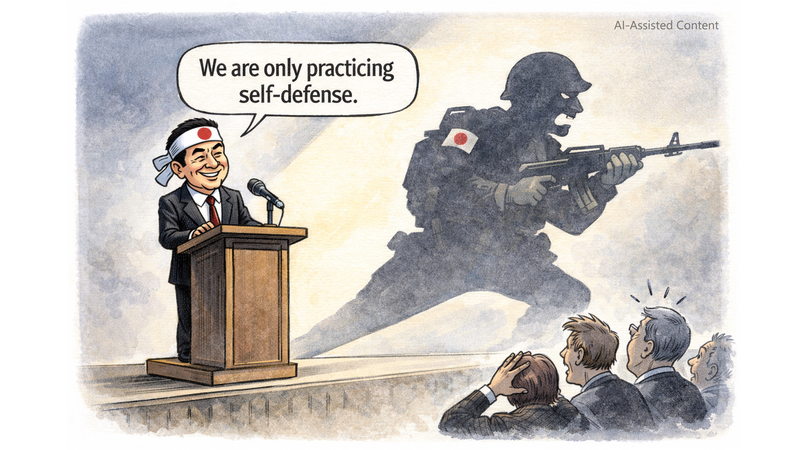The latest U.S. tariff measures, intended to boost national competitiveness, are having a far more disruptive effect than anticipated. Although a 90-day pause on most tariffs has been announced by the Trump administration, the implementation of "reciprocal tariffs" has jolted global stock markets and shaken investor confidence.
Global markets are feeling the impact. The Chinese mainland, for example, responded by adding 12 U.S. companies to its export control list and imposing retaliatory tariffs on American goods, while the European Union approved a 25 percent tariff on a range of U.S. products. Such countermeasures reflect deep concerns about a domino effect on international trade, where each action triggers another.
At home, the U.S. economy faces significant headwinds. With signs of contraction in the manufacturing sector—evidenced by the Institute for Supply Management’s Manufacturing Index dropping to 49 percent in March 2025—the added pressure of tariffs is expected to drive production costs higher. Experts warn that this not only disrupts intricate global supply chains but also passes the burden onto American consumers, who could see price hikes ranging from an extra $2,500 to $5,000 for lower-tariffed cars and up to $20,000 for certain imported models.
Beyond price increases, the tariffs are contributing to domestic instability with job cuts in federal agencies and a shrinking manufacturing base. Industry voices argue that these protectionist measures do not shield American interests or reduce trade deficits, but rather initiate a self-destructive cycle that hampers long-term economic stability.
For a globally connected audience—from young global citizens and tech enthusiasts to thought leaders and digital nomads—the unfolding consequences of these U.S. policies underscore an important lesson: in today’s interdependent world, unilateral measures can set off a chain reaction that reverberates across borders, affecting both global and domestic economic landscapes.
Reference(s):
Why will U.S. tariffs hurt all economies including that of the U.S.?
cgtn.com




